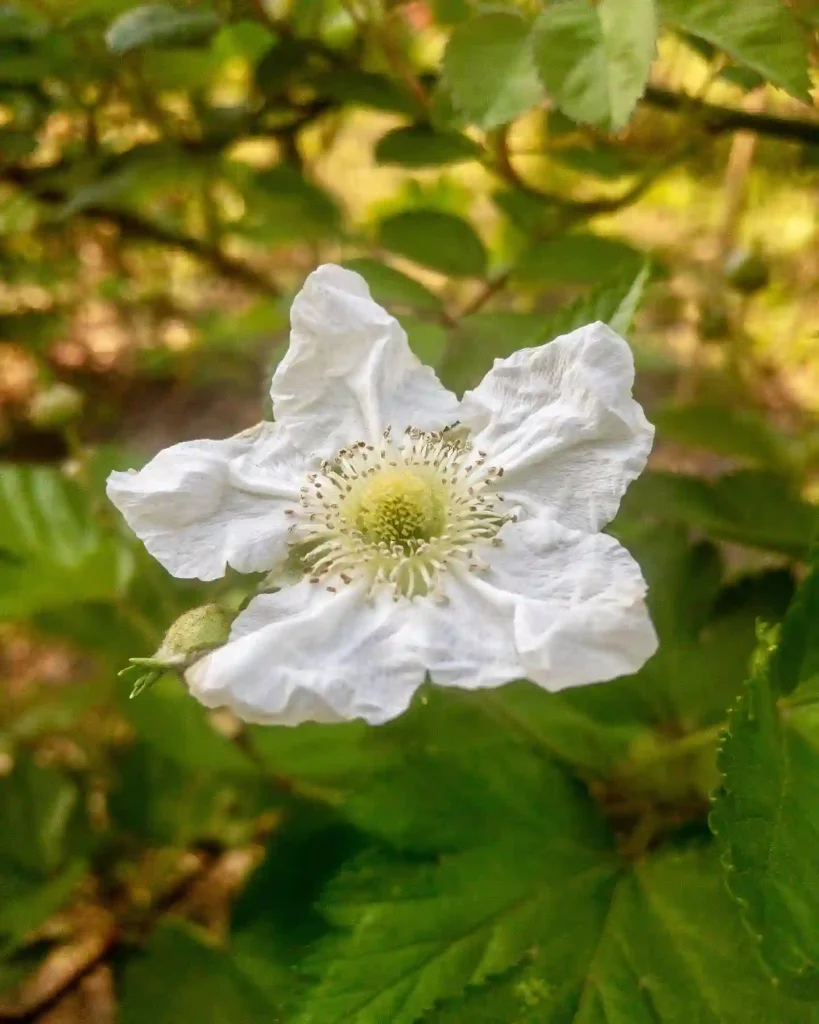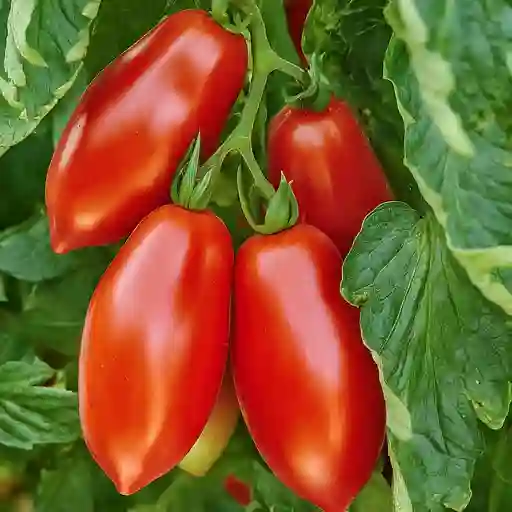Packera Obovata: A Versatile Wildflower for Your Garden
Hi, Ferb Vu here. I’m a plant enthusiast, and today, I want to talk about a fantastic wildflower – Packera Obovata, also known as roundleaf ragwort, spoon-leaved ragwort, or roundleaf groundsel.
This little powerhouse is native to eastern North America and offers a delightful combination of easy care and stunning visuals. Whether you’re a seasoned gardener or just starting, Packera Obovata is a great addition to your landscape.
Here, I’ll answer some of the most common questions about this charming wildflower.
77 Species in Genus Packera
What is Packera Obovata Like?
Imagine a plant that thrives in various lighting conditions, tolerates different soil moistures, and boasts beautiful yellow or orange blooms in spring and early summer. That’s Packera Obovata!
It’s a herbaceous perennial, meaning it dies back in winter but returns year after year. It typically grows 6 to 18 inches tall and forms a basal rosette of round or oval-shaped leaves. These leaves have crinkled, toothed edges and a vibrant green color.
During bloom time, Packera Obovata produces daisy-like flowers that attract butterflies and pollinators.
Packera Obovata vs Aurea
When I compared Packera obovata with Aurea, I found the experience quite revealing. Packera obovata, with its rich, green leaves and subtle, golden-yellow blooms, felt more like a reliable staple in my garden. Its easy-going nature made it a dependable choice for shaded areas. On the other hand, Aurea brought a brighter splash of color with its striking yellow foliage, which added a vibrant contrast to my garden. While Packera obovata was great for consistent, low-maintenance greenery, Aurea’s vivid hues made it a standout, perfect for when I wanted to brighten up a more subdued spot.
Where Does Packera Obovata Thrive?
As mentioned earlier, Packera Obovata is a highly adaptable plant. It can handle full sun to partial shade and thrives in moist, dry, or even wet soil conditions. This makes it a great choice for various areas in your garden.
Here are some specific planting tips:
- Light: Packera Obovata does well in full sun to part shade. In hotter climates, afternoon shade is beneficial.
- Soil: It prefers well-drained soil but can tolerate a range of soil types, from sandy to loamy to clay.
- Watering: Water regularly during the first growing season, but once established, Packera Obovata is quite drought-tolerant.
How Do I Care for Packera Obovata?
The beauty of Packera Obovata lies in its low-maintenance nature. Here’s what you need to know:
- Watering: As mentioned before, regular watering is needed for newly planted specimens. Established plants need occasional watering, especially during prolonged dry spells.
- Fertilizing: Packera Obovata isn’t a heavy feeder. A light application of compost in spring is sufficient.
- Deadheading: To encourage continued blooming, deadhead spent flowers by pinching them off at the base. This will prevent seed formation and promote new flower production.
- Pruning: If your Packera Obovata becomes leggy, you can prune it back lightly in early summer. This will encourage bushier growth.
Can Packera Obovata Be Invasive?
While Packera Obovata readily self-sows, it’s not considered an invasive plant. It spreads gently and is easily controlled by removing unwanted seedlings.
Is Packera Obovata Toxic?
Packera Obovata, like many plants in the Asteraceae family, contains pyrrolizidine alkaloids, which can be toxic to some animals if ingested in large quantities. It’s best to keep it out of reach of pets and young children.
Where Can I Find Packera Obovata?
You can find Packera Obovata at many nurseries and online plant retailers. It’s also a common wildflower in eastern North America, so you might be lucky enough to find it growing naturally in fields, meadows, or woodlands.
I hope this comprehensive guide has given you a good understanding of Packera Obovata. With its easy care requirements and charming blooms, this versatile wildflower is sure to add a touch of beauty to your garden.
If i die, water my plants!



